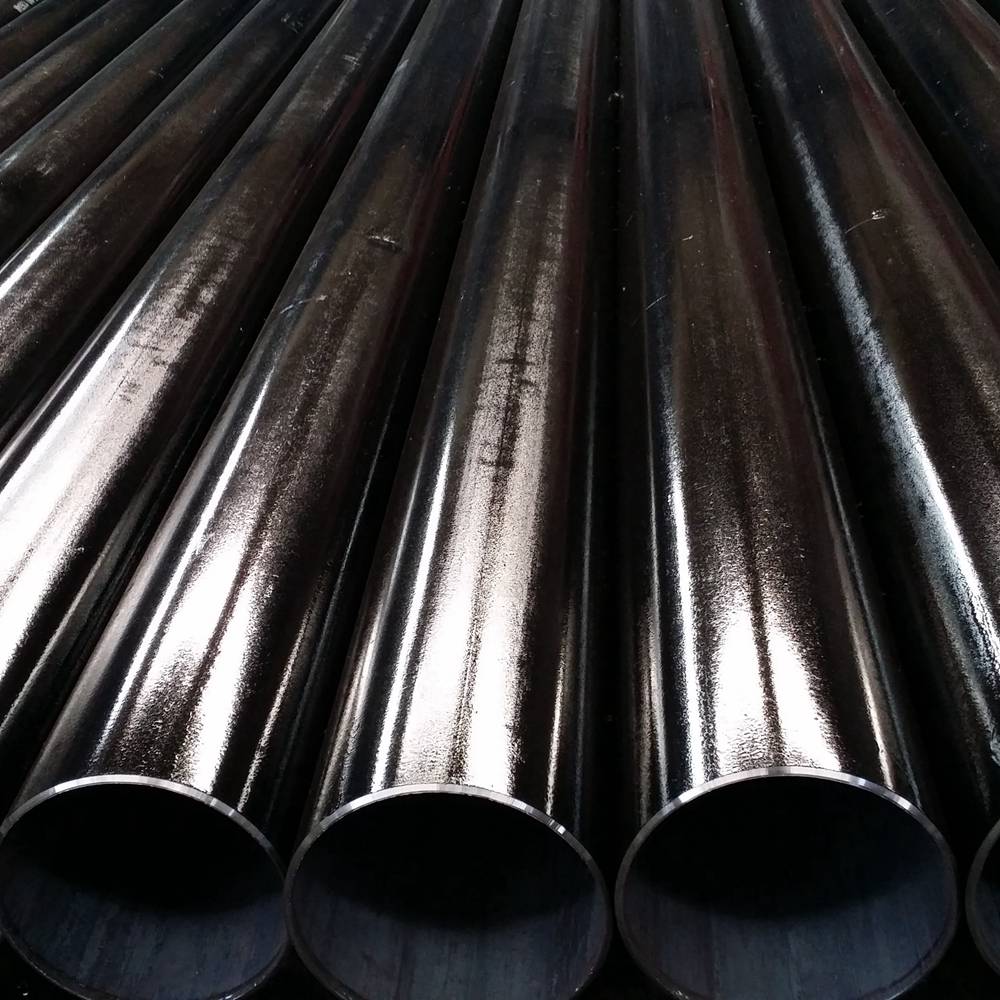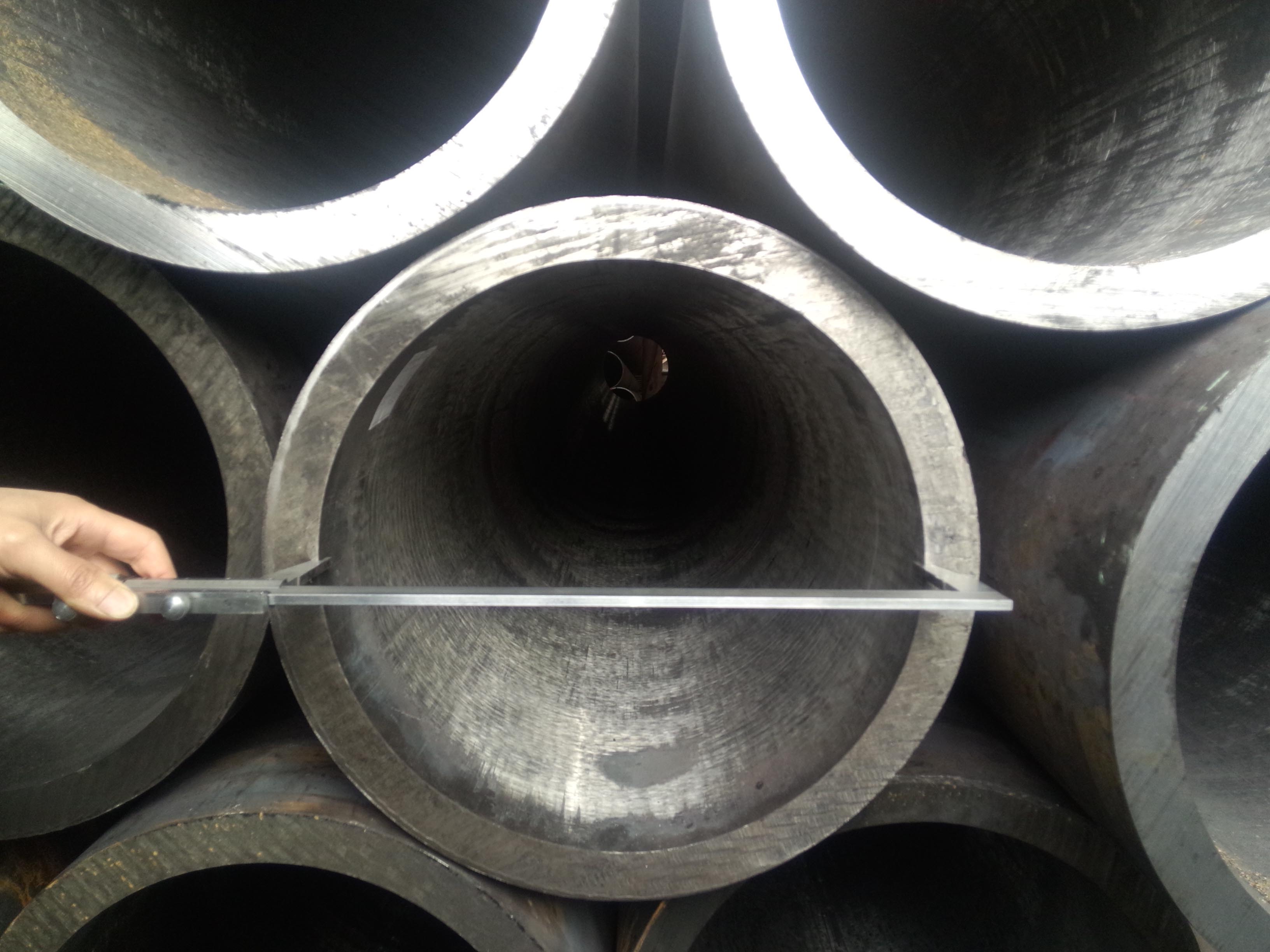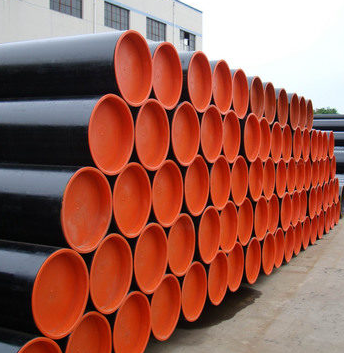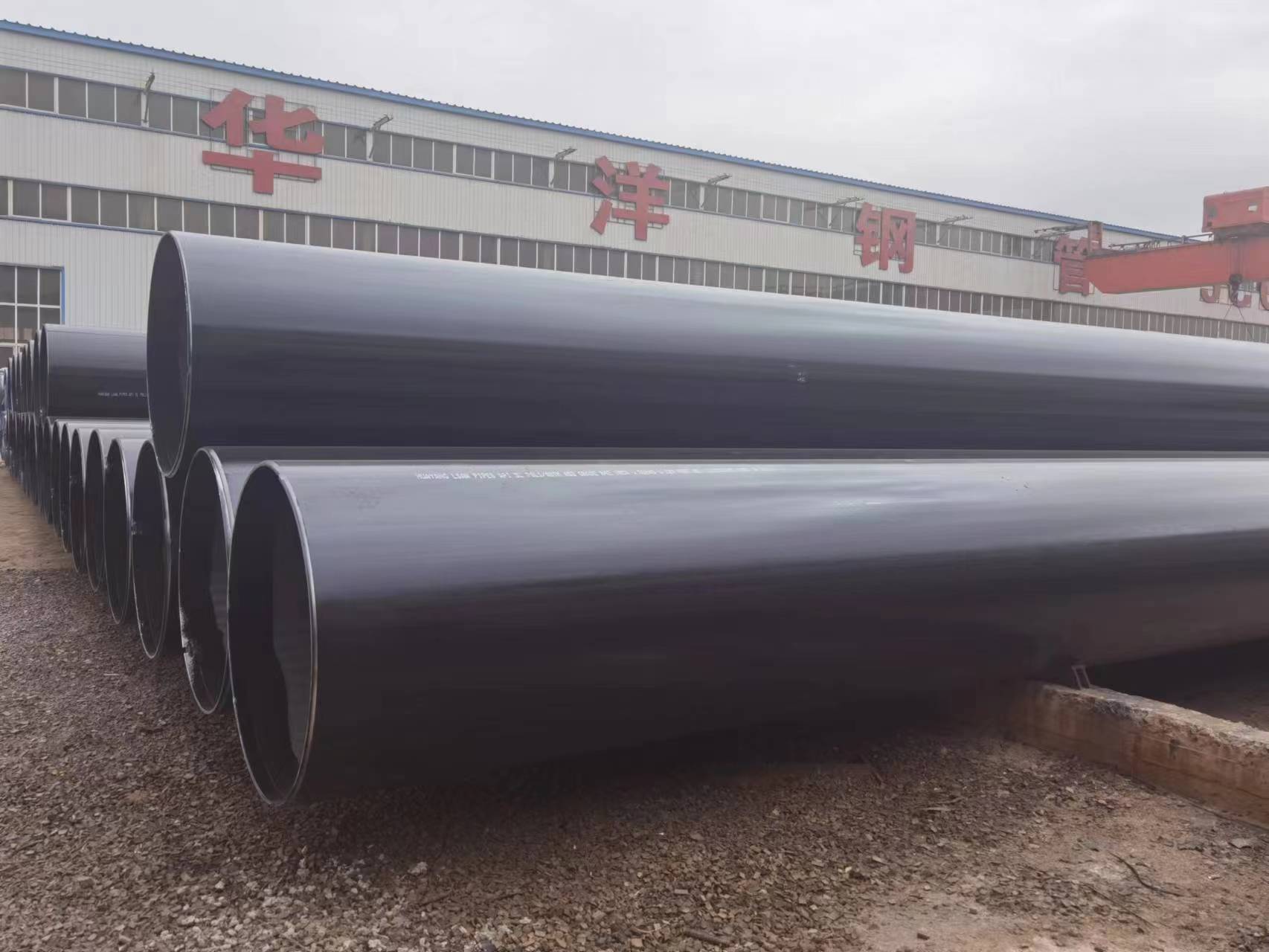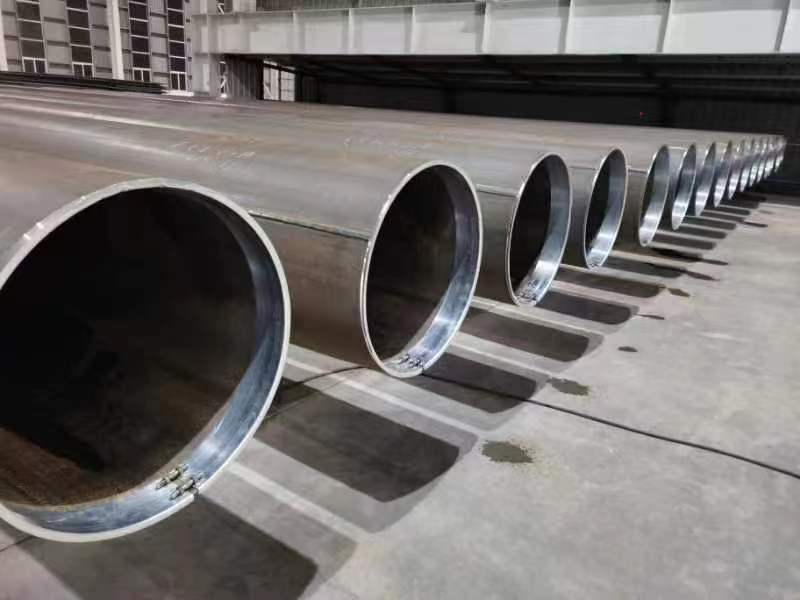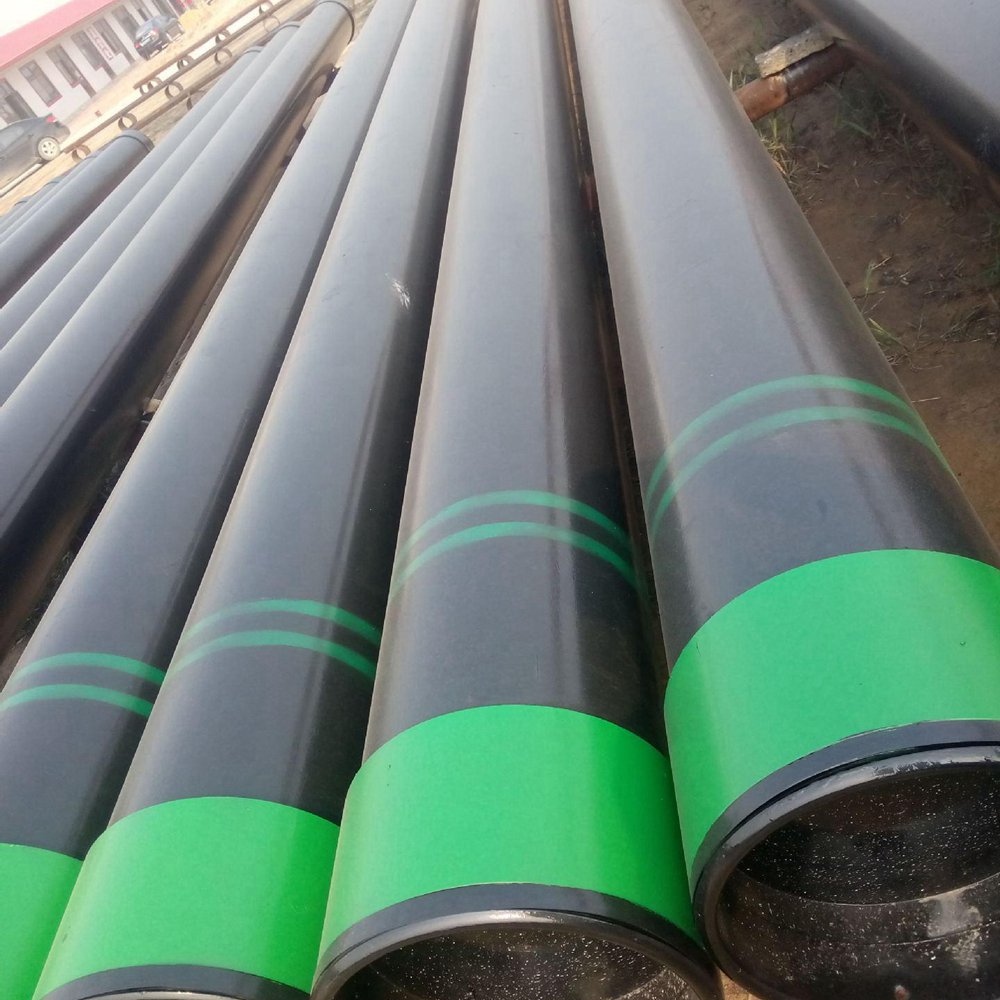Tag/en10210
Produtct Title
en10210-
ASTM A252 Piling Pipe application in buildings and retaining walls
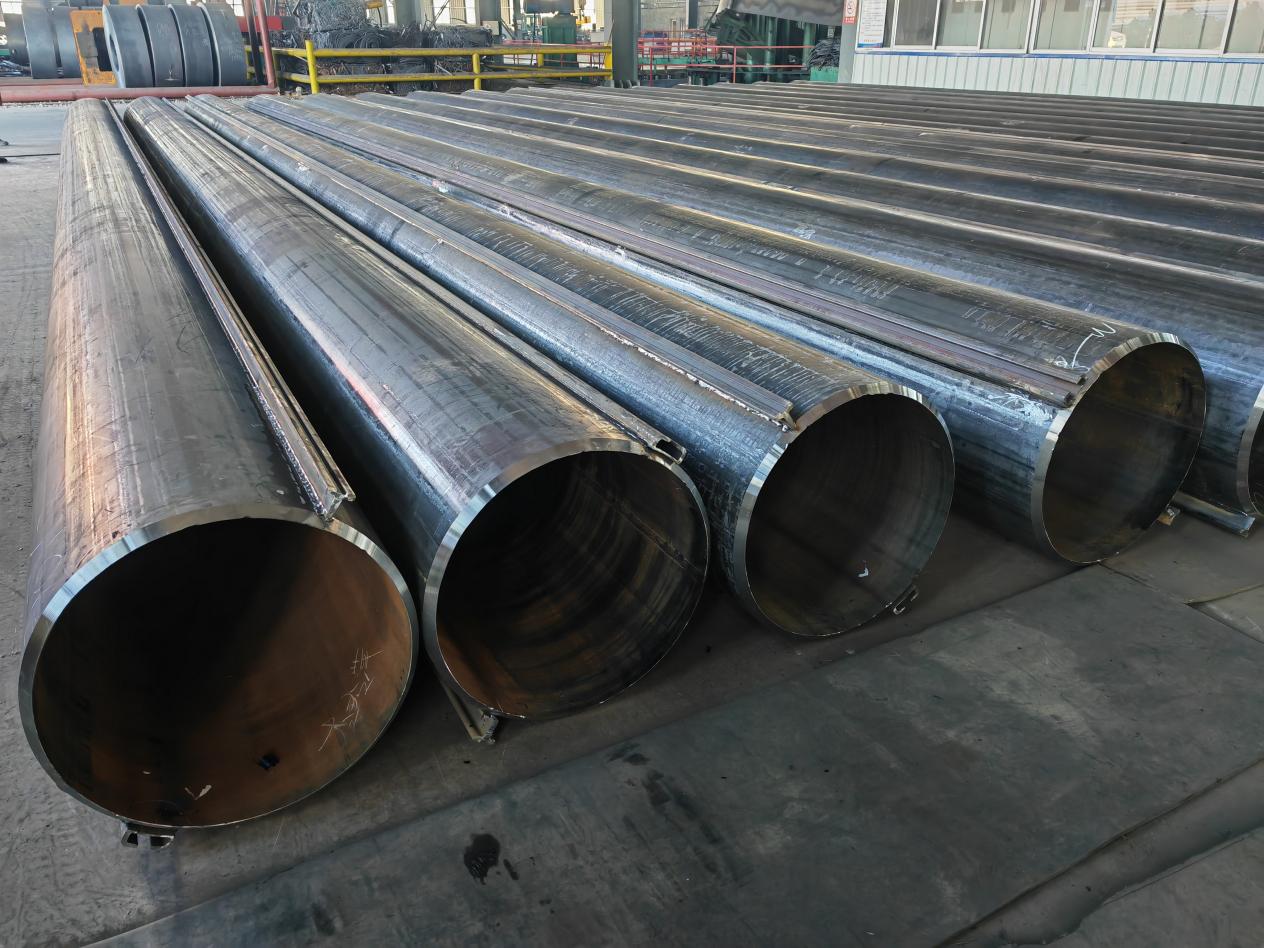
-
Boiler Steel Pipe
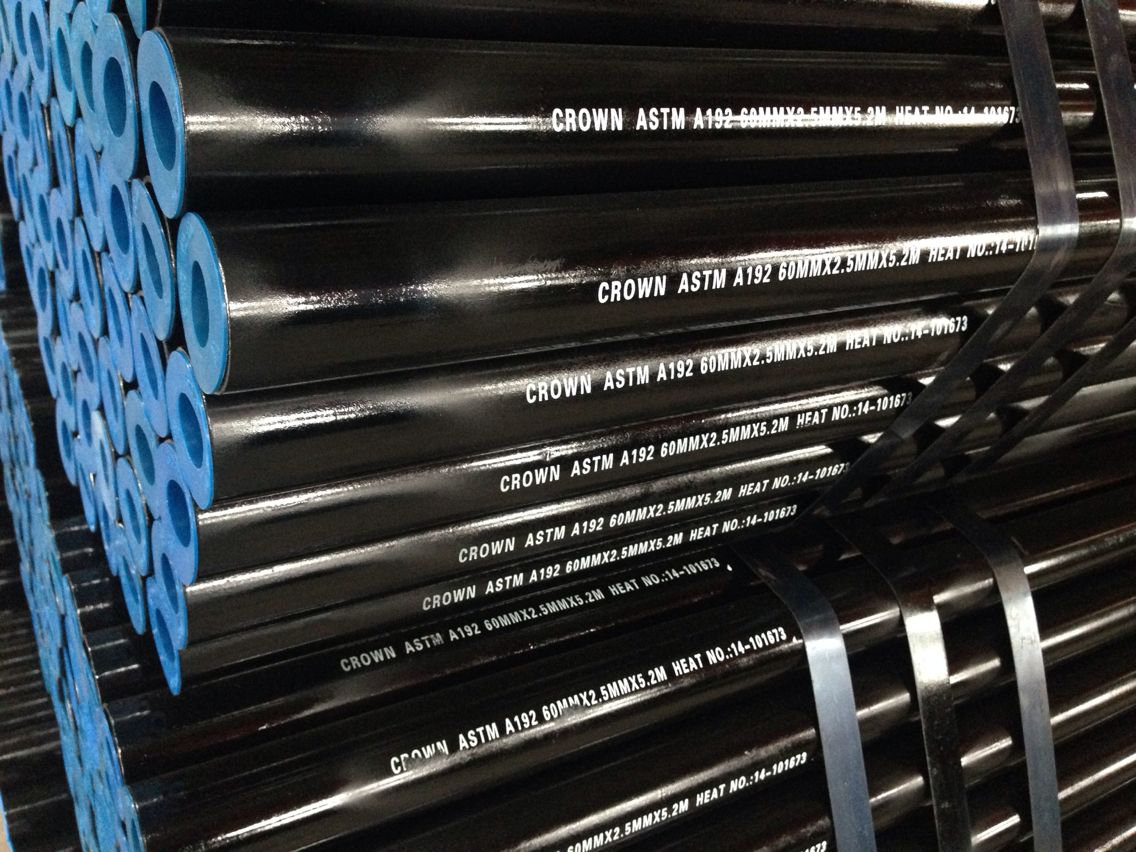
-
Submerged arc welded steel pipe
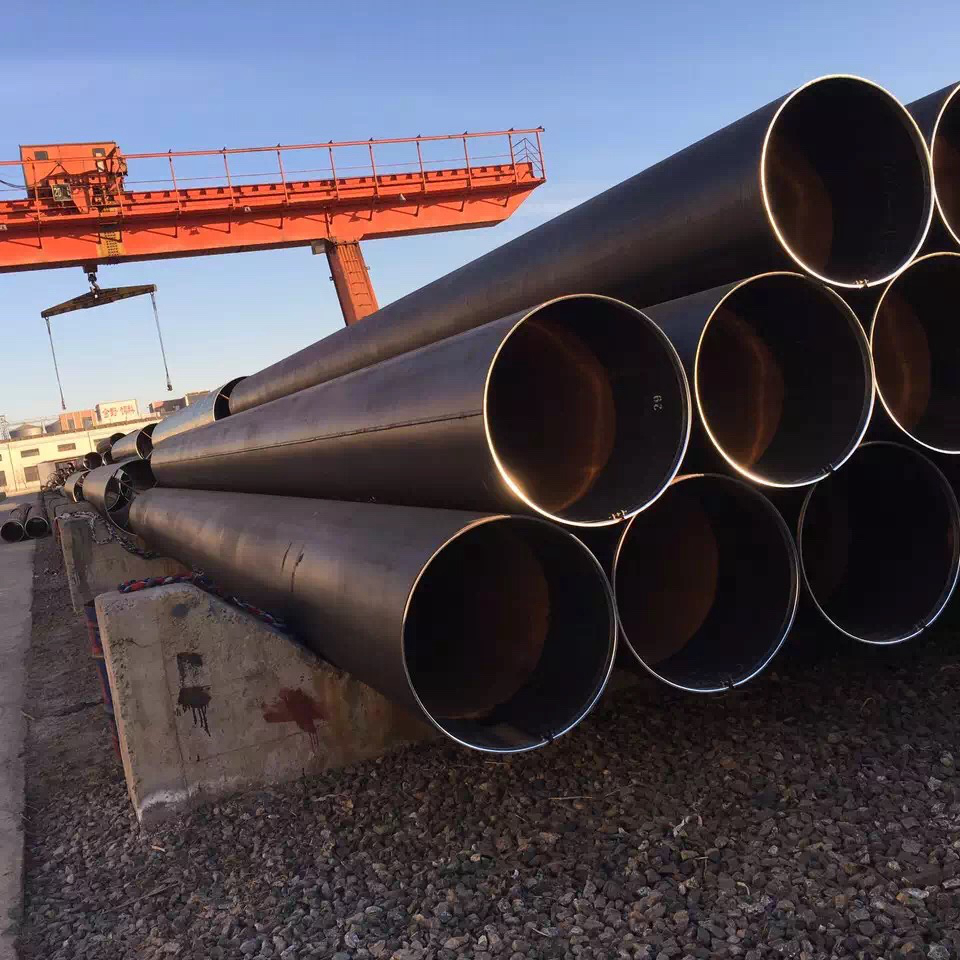
-
A53 ERW STEEL PIPE
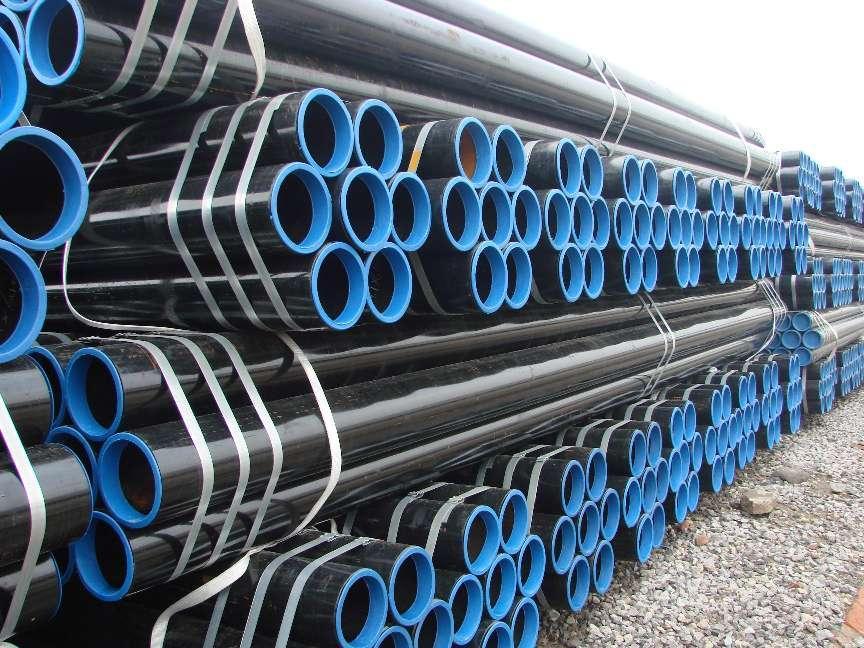
-
Mechanical Tube
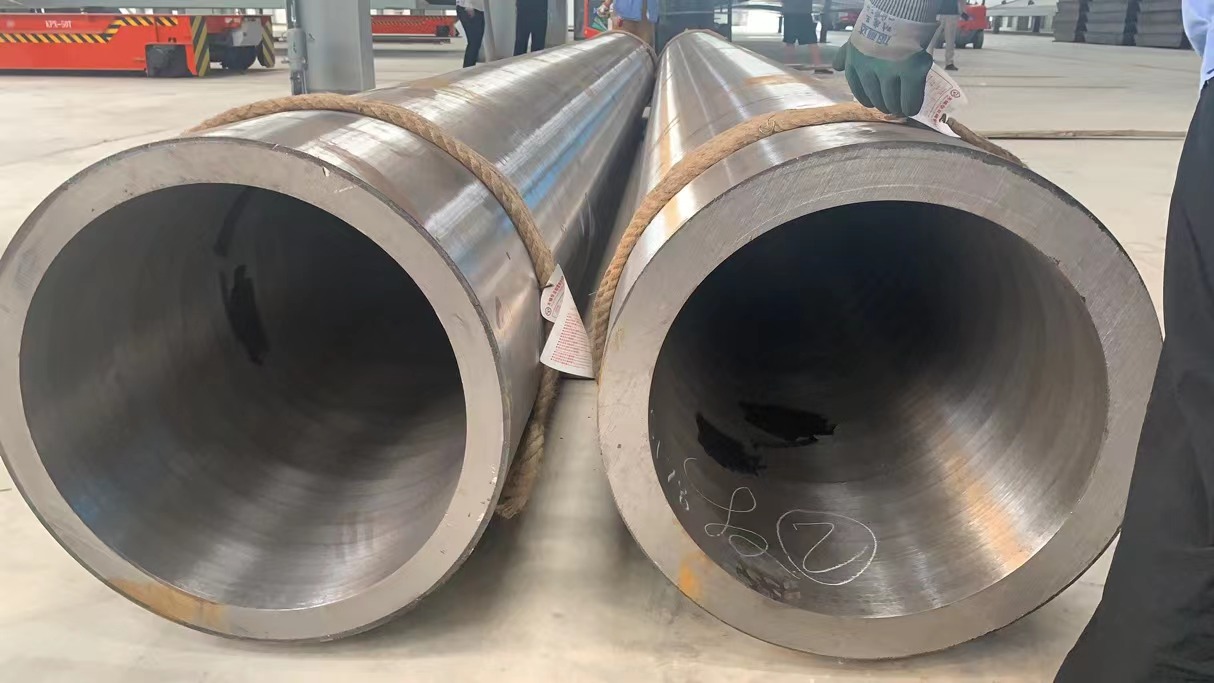
-
3LPE Coated Steel Pipe used in pipeline transportation

-
Structural Steel Pipe
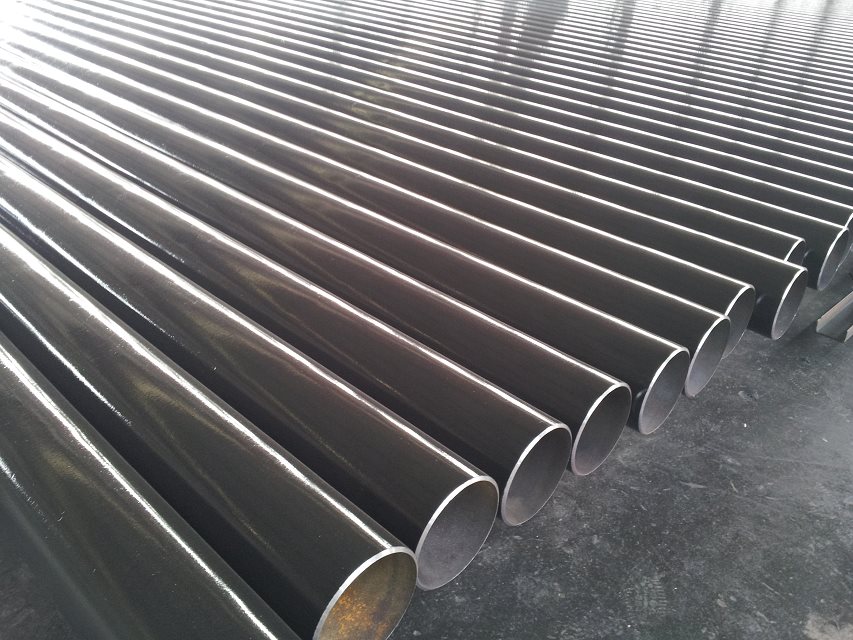
-
API 5L Line Pipe Seamless Steel Pipe
-
API 5L Pipe Line, Oil & Gas LinePipe, LSAW Steel Pipe
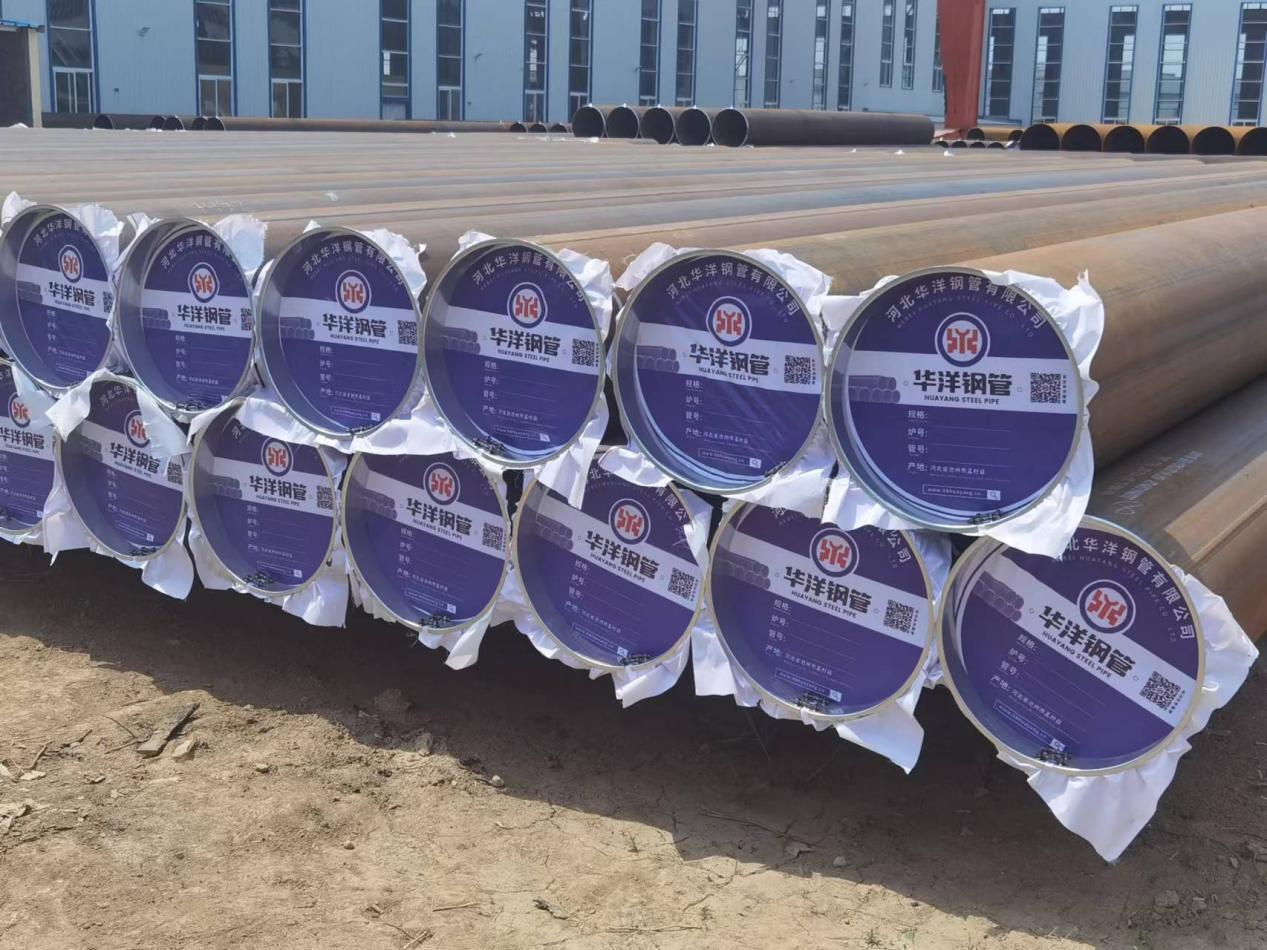
Related News
-
2024-06-15Producers of top-grade dip galvanized ERW steel pipesHigh-Quality Dip Galvanized ERW Steel Pipe Manufacturers Pioneers in Industrial ExcellenceIn the r
-
2024-07-30Top Sources for High-Quality Construction Pipe Suppliers and Their Essential OfferingsConstruction Pipe Suppliers Key Players in the IndustryIn the construction industry
-
2024-11-22Stainless steel-How to Clean Stainless SteelWhen I got my new Blue Star range and glass front refrigerator I was determined to learn how to clean them properly.When my stove arrived I actually emailed the Blue Star representative in my area to ask him HOW to clean it so I'd end up as the owner of a sparkling appliance and not the resident of an institution. Was there a secret spray I didn't know about? The latest and greatest killer chemical that would make you grow a second chin but ALSO obliterate the smudges on my stove? Because I was O.K. with that.The answer he gave me was embarrassingly simple and I wish I knew about it 15 years ago.
-
2024-07-27Reliable A53 ERW Steel Pipe Manufacturer for High-Quality Construction and Industrial ApplicationsHigh Quality ERW Steel Pipe A53 ManufacturerIn the modern construction and manufact
-
2024-11-22Manufacturing Method of Seamless Pipe-ERW Steel PipeThe production method of seamless pipe is roughly divided into the cross-rolling method (Mennesmann method) and the extrusion method. The former method is to first perforate the tube with a skew roll, and then extend it with a rolling mill. This method has a fast production speed, but requires higher machinability of the tube blank, and is mainly suitable for the production of carbon steel and low-alloy steel tubes. The latter method is to pierce the tube blank or ingot with a piercing machine, and then extrude it into a steel pipe with an extruder. This method is less efficient than the skew rolling method and is suitable for the production of high-strength alloy steel pipes. Both the skew rolling method and the extrusion method must first heat the tube blank or ingot, and the produced steel tube is called a hot-rolled tube. Steel pipes produced by hot working methods can sometimes be cold worked as needed.
-
2024-03-14Application of octg pipeOCTG stands for "Oil Country Tubular Goods," which refers to a category of specialized steel pipes used in the exploration, production, and transportation of oil and natural gas. These pipes are essential components in the oil and gas industry, serving various functions from drilling to well completion and production. OCTG pipes come in a range of sizes, grades, and specifications to meet the specific requirements of oil and gas operations. Let's delve deeper into the types, and applications of OCTG pipes.
-
2024-06-12API 5L seamless steel pipe wholesalers supply seamless pipesAPI 5L Seamless Steel Pipe Suppliers A Comprehensive Guide to Wholesale SourcesIn the realm of ind
-
2024-06-24Top ERW Steel Pipe Wholesale Exporters Global Trade InsightsWholesale ERW Steel Pipe Exporters Key Players in Global Trade ERW (Electric Resistance Welded) st
-
2024-06-135L Steel Pipe Wholesale PriceDiscovering the Wholesale API for 5L Steel Pipe Pricing A Comprehensive GuideIntroductionAre you
-
2024-11-22How to Clean Stainless-Steel Pans to Keep Them Looking Brand-NewStainless-steel pans are a staple in any cook's kitchen for good reason. This durable cookware heats up quickly and evenly, retains heat well, and doesn't require special utensils or tricky maintenance like cast-iron skillets, which require re-seasoning every so often. And since the material is non-reactive, you can cook just about anything in a stainless-steel pan without worrying about damaging the surface.
-
2024-04-303PE Pipe Manufacturer: Unlocking the Potential of Corrosion Resistance and Enhanced Performance3PE Pipe Manufacturer: Unlocking the Potential of Corrosion Resistance and Enhanced Performance
-
2024-06-13Expert manufacturer of premium ERW carbon steel square pipesHigh-Quality ERW Carbon Steel Square Pipe Manufacturers Pioneers in Industrial ExcellenceIn the re
-
2024-01-17erw carbon steel pipe-a500 erw steel pipe tubes factoriesLongitudinally Submerged Arc Welding pipe(abbreviated as LSAW pipe). The Longitudinally Submerged Arc Welding (LSAW) is produced by using a single plate as a raw material, pressing (rolling) the steel plate into a pipe blank in a mold or a molding machine, and adopting double-sided submerged arc welding and expanding the diameter. The finished product has a wide range of specifications, and the weld has good toughness, plasticity, uniformity and compactness, and has the advantages of large pipe diameter, thick pipe wall, high pressure resistance, low temperature resistance and corrosion resistance.
-
2024-07-26Top Manufacturers of Boiler Steel Pipes in China for Reliable Industrial SolutionsChina Boiler Steel Pipe Suppliers A Comprehensive OverviewIn recent years, the globa
-
2024-06-15Chinese exporter of electric resistance welded pipesChina's Dominance in Electric Resistance Welded Pipe ExportsChina, the world's most populous natio
-
2024-07-31Top Suppliers of Carbon LSAW Steel Pipes from China for Quality and ReliabilityChina Carbon LSAW Steel Pipe Suppliers A Comprehensive OverviewChina has establishe
-
2024-11-22Stainless Steel: Definition, Composition, Types, Grades, Properties, and ApplicationsStainless steel is the general name for a family of steels that are corrosion-resistant and contain a minimum of 10.5% chromium. The effect of this minimum level creates a chromium oxide layer on the surface, which is a self-healing oxygen barrier that stops further oxidation. Below 10.5% chromium, the oxide film is of insufficient durability to be self-healing.
-
2024-07-12Leading anti-corrosion steel pipe manufacturer in China specializing in high-quality productsWith the rapid development of industry and infrastructure in China, the demand for anti-corrosion st
-
2024-06-14Exporting API 5L X65 PSL1 carbon steel pipes, we specialize in carbon steel pipe distribution.API 5L X65 PSL1 Carbon Steel Pipes A Global Exporting PerspectiveIn the world of industrial piping
-
2024-02-22ERW Steel Pipe -What are ERW Pipes?ERW pipes are made from strips of steel that are formed into a cylindrical shape and then welded together. The weld is created by applying pressure and electrical current to the steel, which melts the edges of the steel and fuses them together. ERW pipes are produced in various sizes and thicknesses to meet the requirements of different applications.One of the main advantages of ERW pipes is their cost-effectiveness. Compared to other types of pipes, such as seamless pipes or spiral-welded pipes, ERW pipes are less expensive to manufacture and easier to produce in large quantities. This makes them a popular choice for applications that require a large volume of pipes.
Related Search
- en10210
- high quality en10210
- china en10210
- wholesale en10210
- en10210 exporter
- en10210 factory
- en10210 factories
- en10210 manufacturers
- en10210 supplier
- en10210 manufacturer
- en10210 exporters
- en10210 suppliers
- wholesale en10210 factory
- wholesale en10210 manufacturer
- wholesale en10210 factories
- wholesale en10210 exporters
- wholesale en10210 supplier
- wholesale en10210 manufacturers
- wholesale en10210 suppliers
- wholesale en10210 exporter
- china en10210 factory
- china en10210 manufacturer
- china en10210 factories
- china en10210 exporters
- china en10210 supplier
- china en10210 manufacturers
- china en10210 suppliers
- china en10210 exporter
- high quality en10210 factory
- high quality en10210 manufacturer

